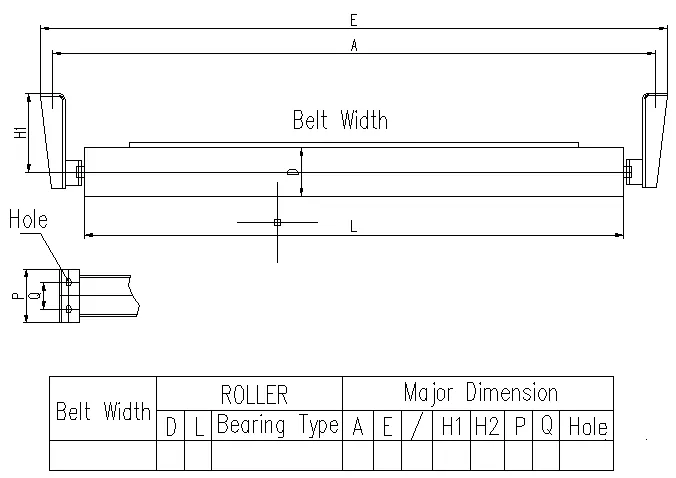 Afrikaans
Afrikaans  Albanian
Albanian  Amharic
Amharic  Arabic
Arabic  Armenian
Armenian  Azerbaijani
Azerbaijani  Basque
Basque  Belarusian
Belarusian  Bengali
Bengali  Bosnian
Bosnian  Bulgarian
Bulgarian  Catalan
Catalan  Cebuano
Cebuano  Corsican
Corsican  Croatian
Croatian  Czech
Czech  Danish
Danish  Dutch
Dutch  English
English  Esperanto
Esperanto  Estonian
Estonian  Finnish
Finnish  French
French  Frisian
Frisian  Galician
Galician  Georgian
Georgian  German
German  Greek
Greek  Gujarati
Gujarati  Haitian Creole
Haitian Creole  hausa
hausa  hawaiian
hawaiian  Hebrew
Hebrew  Hindi
Hindi  Miao
Miao  Hungarian
Hungarian  Icelandic
Icelandic  igbo
igbo  Indonesian
Indonesian  irish
irish  Italian
Italian  Japanese
Japanese  Javanese
Javanese  Kannada
Kannada  kazakh
kazakh  Khmer
Khmer  Rwandese
Rwandese  Korean
Korean  Kurdish
Kurdish  Kyrgyz
Kyrgyz  Lao
Lao  Latin
Latin  Latvian
Latvian  Lithuanian
Lithuanian  Luxembourgish
Luxembourgish  Macedonian
Macedonian  Malgashi
Malgashi  Malay
Malay  Malayalam
Malayalam  Maltese
Maltese  Maori
Maori  Marathi
Marathi  Mongolian
Mongolian  Myanmar
Myanmar  Nepali
Nepali  Norwegian
Norwegian  Norwegian
Norwegian  Occitan
Occitan  Pashto
Pashto  Persian
Persian  Polish
Polish  Portuguese
Portuguese  Punjabi
Punjabi  Romanian
Romanian  Russian
Russian  Samoan
Samoan  Scottish Gaelic
Scottish Gaelic  Serbian
Serbian  Sesotho
Sesotho  Shona
Shona  Sindhi
Sindhi  Sinhala
Sinhala  Slovak
Slovak  Slovenian
Slovenian  Somali
Somali  Spanish
Spanish  Sundanese
Sundanese  Swahili
Swahili  Swedish
Swedish  Tagalog
Tagalog  Tajik
Tajik  Tamil
Tamil  Tatar
Tatar  Telugu
Telugu  Thai
Thai  Turkish
Turkish  Turkmen
Turkmen  Ukrainian
Ukrainian  Urdu
Urdu  Uighur
Uighur  Uzbek
Uzbek  Vietnamese
Vietnamese  Welsh
Welsh  Bantu
Bantu  Yiddish
Yiddish  Yoruba
Yoruba  Zulu
Zulu Understanding the Key Elements of Belt Conveyor Systems for Efficient Operations
Components of Belt Conveyor System
Belt conveyor systems are widely used in various industries for transporting materials and goods. They are particularly valued for their efficiency, reliability, and versatility in handling a wide range of materials. Understanding the key components of a belt conveyor system is essential for optimizing its performance and ensuring smooth operations.
1. Belt
The belt is the most critical component of a conveyor system. Typically made from rubber, fabric, or plastic, the belt acts as a surface on which materials are transported. The selection of belt material depends on the type of material being conveyed, the environment in which the conveyor operates, and the required durability. For instance, heavy-duty applications may require reinforced belts with a higher tensile strength, while lighter loads may be moved efficiently with standard rubber belts.
2. Pulleys
Pulleys are vital for the operation of belt conveyor systems as they are used to change the direction of the belt as well as to provide tension. The main types of pulleys include drive pulleys, which are powered by motors, and return pulleys, which guide the belt back to the starting point. Additionally, snub pulleys increase the amount of contact between the belt and the drive pulley, enhancing friction and improving the efficiency of the system.
3. Drive Motor
The drive motor is the engine of the belt conveyor system, providing the necessary power to move the belt. The size and type of motor selected depend on the load capacity of the conveyor and the speed at which it needs to operate. Electric motors are the most common, although hydraulic and pneumatic motors can also be used in specific applications. Proper sizing is crucial to avoid overloading or inefficient operation.
4. Idlers
.
Idlers are rollers that support the belt as it moves along the conveyor. They help maintain the belt's alignment, reduce friction, and minimize wear on the belt. There are different types of idlers, such as trough idlers, which form a concave shape to better hold the material, and return idlers, which support the belt on its return journey. Regular maintenance of idlers is essential to ensure optimal performance and extend the life of the conveyor.
components of belt conveyor system

5. Frame
The frame of the conveyor system provides the support structure and holds all components in place. It is typically made from steel or aluminum, depending on the application's requirements. The frame must be designed to withstand the weight of the conveyed materials and the moving components, while also allowing for adjustability and accessibility for maintenance.
6. Conveyor Control Systems
Modern belt conveyor systems often incorporate sophisticated control systems that optimize operation and improve safety. These can include speed controls, sensors to detect overload conditions, and automated shutdown features in case of malfunction. Integration with other plant control systems can enhance efficiency and monitoring capabilities.
7. Chutes and Hoppers
Chutes and hoppers are integral in loading materials onto the conveyor and discharging them at the desired location. Chutes guide the flow of materials onto the belt, ensuring they are evenly distributed and minimizing spillage. Hoppers, on the other hand, are containers that hold materials before they are fed onto the conveyor, allowing for seamless transitions between processes.
8. Safety Equipment
Safety is paramount in any industrial setting, and conveyor systems are no exception. Several safety devices can be included in a belt conveyor system, such as emergency stop buttons, safety guards, and warning lights. These components help protect operators and maintenance personnel from accidents and injuries related to conveyor operation.
Conclusion
A belt conveyor system consists of numerous components that work together to efficiently transport materials. Each element, from the belt to the safety equipment, plays a crucial role in ensuring the system operates smoothly and effectively. Understanding these components not only helps in selecting the right conveyor system for specific applications but also underscores the importance of regular maintenance and safety protocols in maximizing operational efficiency and longevity. As industries continue to evolve and adopt new technologies, the development of belt conveyor systems will remain a cornerstone of material handling solutions, driving productivity and innovation across various sectors.
-
Revolutionizing Conveyor Reliability with Advanced Rubber Lagging PulleysNewsJul.22,2025
-
Powering Precision and Durability with Expert Manufacturers of Conveyor ComponentsNewsJul.22,2025
-
Optimizing Conveyor Systems with Advanced Conveyor AccessoriesNewsJul.22,2025
-
Maximize Conveyor Efficiency with Quality Conveyor Idler PulleysNewsJul.22,2025
-
Future-Proof Your Conveyor System with High-Performance Polyurethane RollerNewsJul.22,2025
-
Driving Efficiency Forward with Quality Idlers and RollersNewsJul.22,2025





























